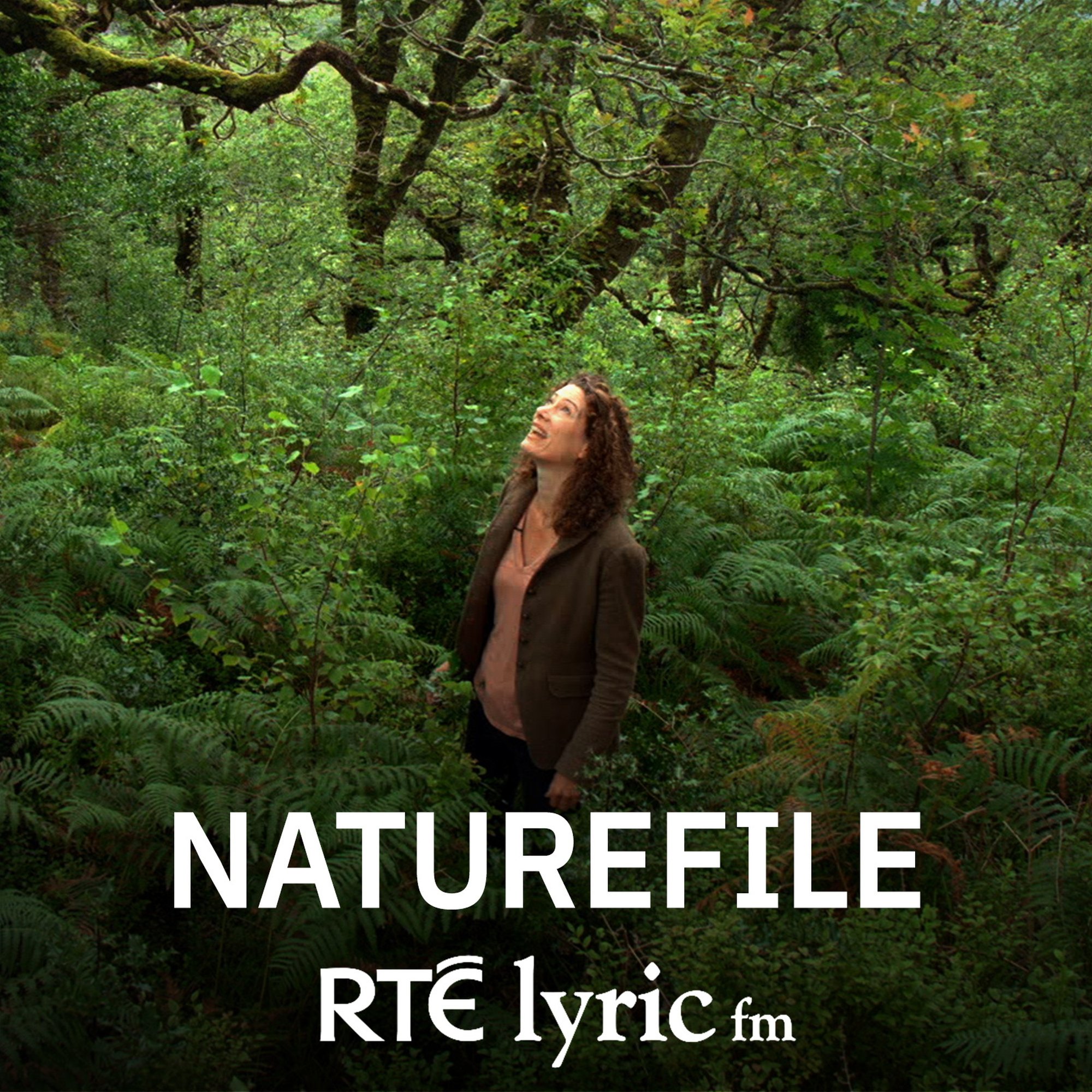Episodes
A winter migrant from high-Arctic Canada. Most occur in Ireland between October and April. This population winters almost entirely in Ireland, with small numbers in parts of Britain and France.
Published 10/26/24
Many people are surprised to hear that hedgehogs are not actually native to Ireland. It is believed that they were introduced in the 12th century from Britain ...
Published 10/19/24
Published 10/19/24
Ivy flowers in October, ensuring vital nectar supplies for butterflies, moths and bees when very little else is in flower. Ivy is a wonderful world of sustenance to lots of wildlife through winter months.
Published 10/05/24
The term ‘Hairy Molly’ has often been used in Ireland to describe any hairy or fuzzy-looking caterpillar. This term is said to have originated from the Irish language where ‘mala’ or ‘malaí’ (plural) is the Irish word for an eyebrow.
Published 09/28/24
A close rival songster to the Blackbird, from which it mainly differs in its repetition of each phrase three or four times. Typical phrases include "cherry dew," and "knee-deep," . Loud, fluty and far-carrying.
Published 09/21/24
Crane flies are flies in the family Tipulidae. They are insects. Crane flies look similar to large mosquitoes but, unlike mosquitoes, crane flies do not bite.
Published 09/14/24
Grey Seals haul themselves ashore in autumn to breed, on remote and generally undisturbed areas, in particular offshore islands, where human disturbance is absent. Trá Bán on the Great Blasket Island is one back where hundreds of seals can still be seen on the beach in autumn
Published 09/07/24
Spiranthes is a genus of orchids in the subfamily Orchidoideae. They are known commonly as ladies tresses, ladies'-tresses, or lady's tresses
Published 08/31/24
A species of falcon. A small bird of prey with long, relatively narrow wings and tail. Has a short, hooked bill for eating meat.
Published 08/24/24
Ragwort (Senecio jacobaea) is native biennial which is a food source for a wide range of insects. It is not usually a significant problem in gardens, but its poisonous qualities can make it a danger for horses or cattle.
Published 08/17/24
Gorse, furze, whins, are all so common that it’s easy to overlook them, successful enough to earn them resentment. At this time of year, the deep yellow flowers of Autumn Gorse are erupting across mountains and heaths. Discover the strange history of Gorse on this week’s Nature File.
Published 08/10/24
The Guillemot is the most common species of Auk in Ireland. It is a highly-marine species, only found on land in the breeding season.
Published 07/27/24
Gulls are controversial birds. Strong, clever, opportunistic and adaptable.In the wild, Gulls are caring and resilient animals. Devoted parents – both mothers and fathers share the rearing of their young, beginning with the task of incubating the eggs.
Published 06/29/24
Oak trees are in full leaf by now, these tallest and longest living of native trees, soaking up the light of the longest long midsummer days. Recent research has revealed that Irish sessile Oaks originated in Galicia in Northern Spain.
Published 06/22/24
Machair systems present a complex landscape mosaic of habitats comprising both wet and dry areas. They are bordered by beaches and sometimes extensive dune habitats on the seaward side, with wetland areas backed by peatland and heathland habitats on the landward side.
Published 06/15/24
The Manx shearwater is a medium-sized shearwater in the seabird family Procellariidae. The scientific name of this species records a name shift: Manx shearwaters were called Manks puffins in the 17th century.
Published 06/08/24
Slow moving sea snails come in many shapes and sizes, though all are equipped with a head and a foot, ad most of us recognize the spiral of a whelk shell. This week, Nature File explores the whelks and other sea snails that are easy to see along the shore.
Published 06/01/24
The adults are nocturnal, flying from dusk and coming to light, resting by day amongst its foodplants. They feed from honeysuckle (Lonicera) and other tubular flowers on the wing.
Published 05/25/24
The Corncrake is a shy, secretive bird, the distinctive "kerrx-kerrx" call of the male often being the only indication of their presence.
Published 05/18/24
95% of the worlds 20,000 species of bee are solitary rather than social bees. Ireland has over 100 bee species, of which 77 are solitary bees.
Published 05/11/24
Rays are some of the most beautiful and unique sea creatures on the planet. These fascinating fish come in various shapes and sizes, and are spread across the globe.
Published 05/04/24
The black poplar may be a native Irish tree, although rare. It has been found especially in the midlands, predominantly in hedgerows in wet farmland near deep water-filled ditches, particularly along the River Shannon.
Published 04/27/24
The hen harrier is a bird of prey. It breeds in Eurasia. The term "hen harrier" refers to its former habit of preying on free-ranging fowl. It migrates to more southerly areas in winter.
Published 04/20/24
There is a view that the word 'butterfly' originates from the yellow colour of male Brimstones. The wings of the female are very pale green, almost white, males have yellow-green underwings and yellow upper wings.
Published 04/13/24


